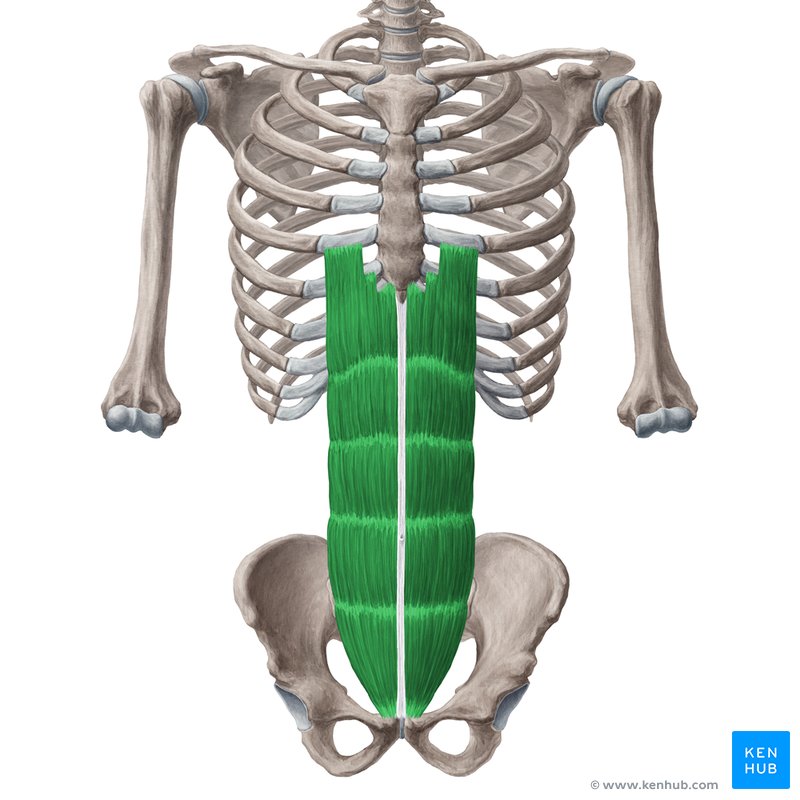Major Muscles of the Body - ANTERIOR
1/20
There's no tags or description
Looks like no tags are added yet.
Name | Mastery | Learn | Test | Matching | Spaced |
|---|
No study sessions yet.
21 Terms
Orbicularis Oris
a complex muscle encircling the mouth, responsible for lip movements and facial expressions; it's sometimes called the "kissing muscle".
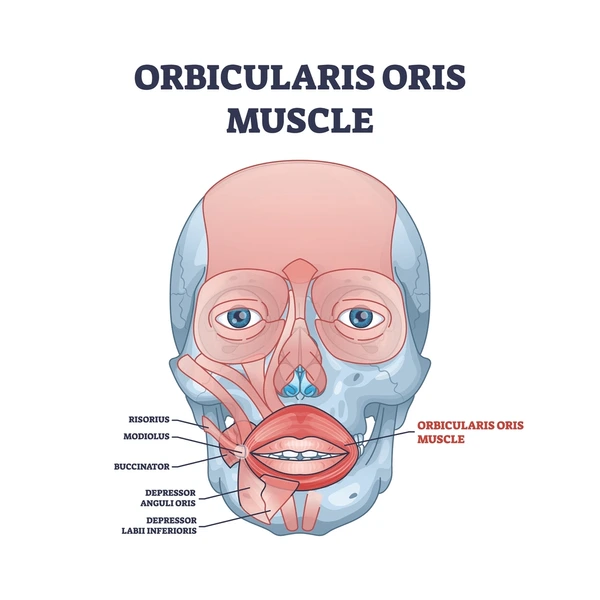
Pectoralis major
the largest muscle of the anterior chest wall, a thick, fan-shaped muscle that lies under the breast tissue and forms the anterior wall of the axilla (armpit), with attachments to the clavicle, sternum, and upper ribs, inserting onto the humerus.

External oblique
a broad, thin, and superficial muscle of the anterior abdominal wall, originating from the lower eight ribs and inserting into the linea alba, pubic tubercle, and iliac crest, playing a crucial role in trunk flexion, rotation, and lateral flexion.
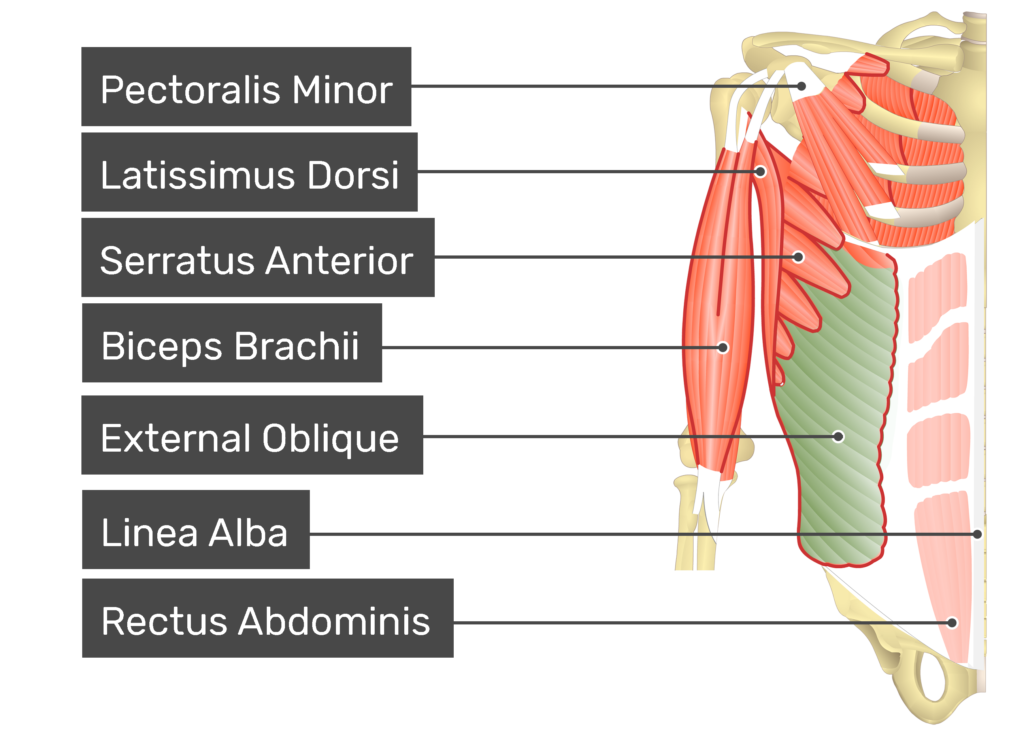
Sternocleidomastoid
a large, superficial muscle located in the anterior portion of the neck.
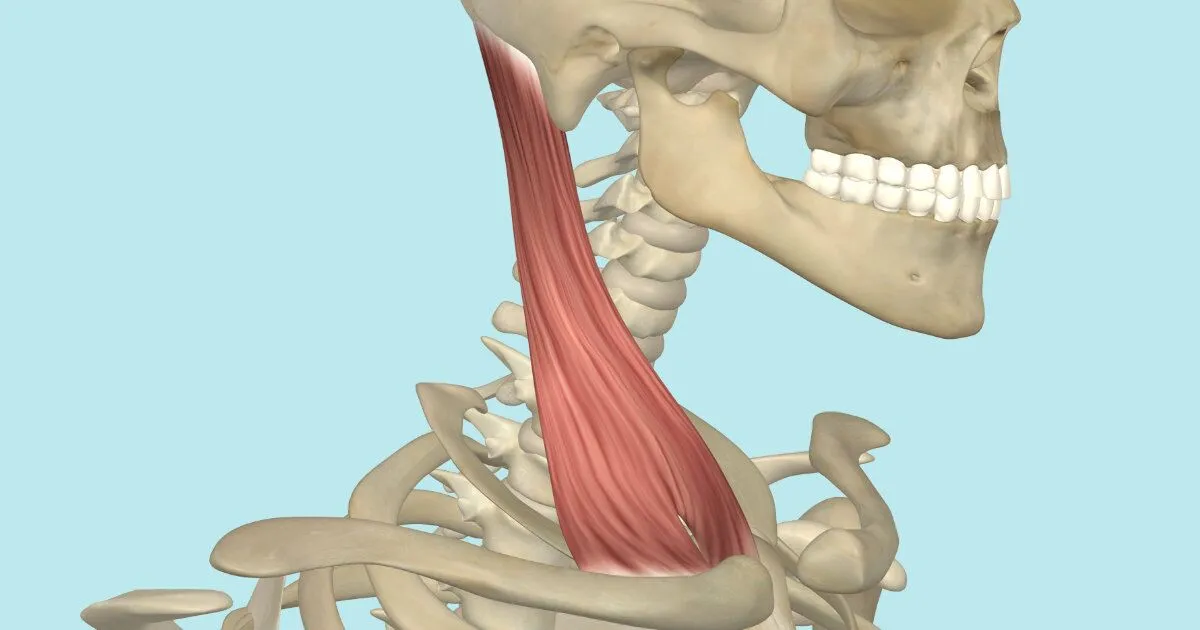
Biceps brachii
a large, two-headed muscle located on the front of the upper arm, responsible for flexing the elbow and supinating (rotating) the forearm.
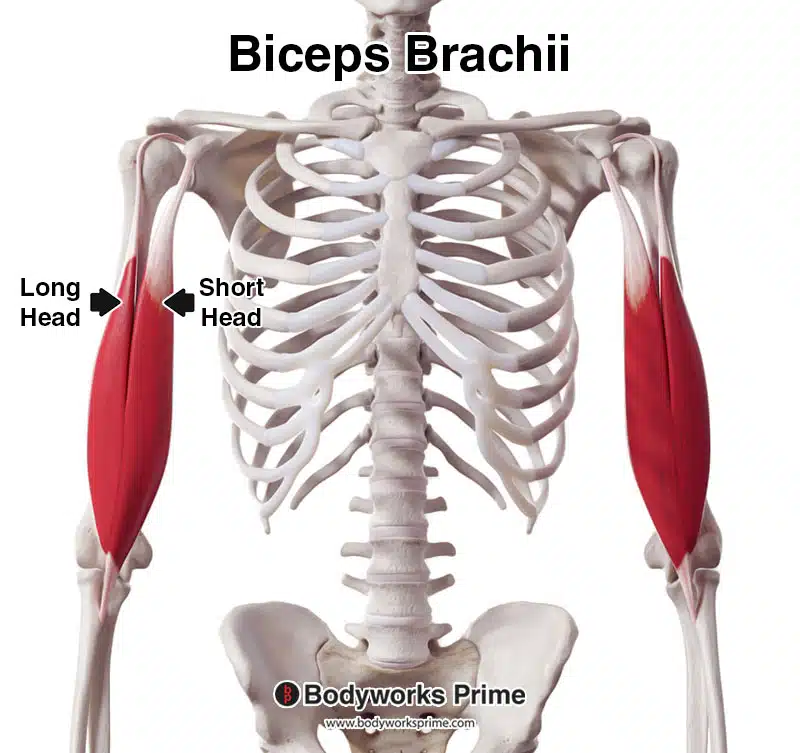
Deltoid
a large, triangular-shaped muscle located on the shoulder.
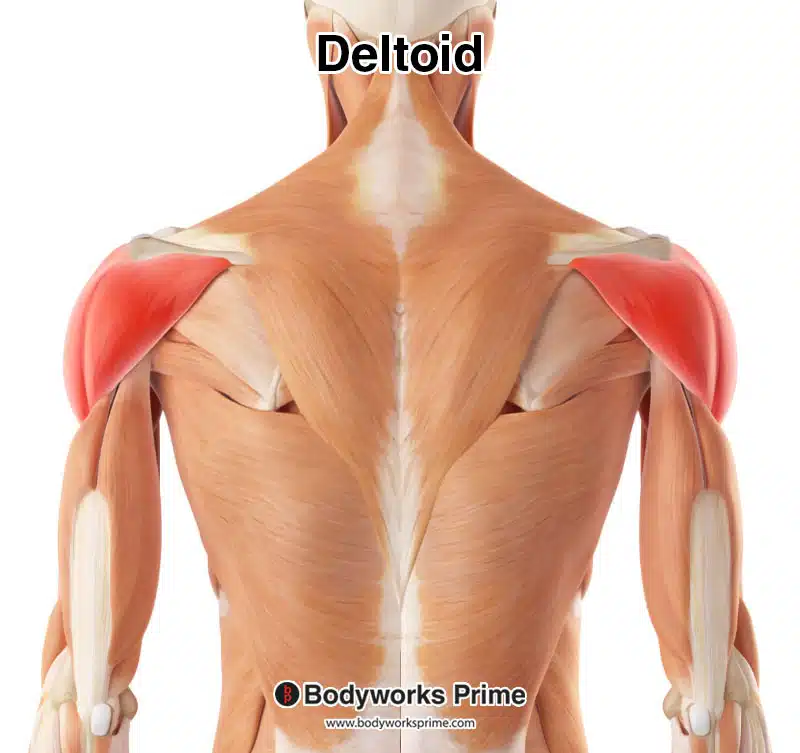
Vastus lateralis
the largest muscle of the quadriceps femoris group, located on the lateral (outer) side of the thigh, and functions primarily to extend the knee joint.
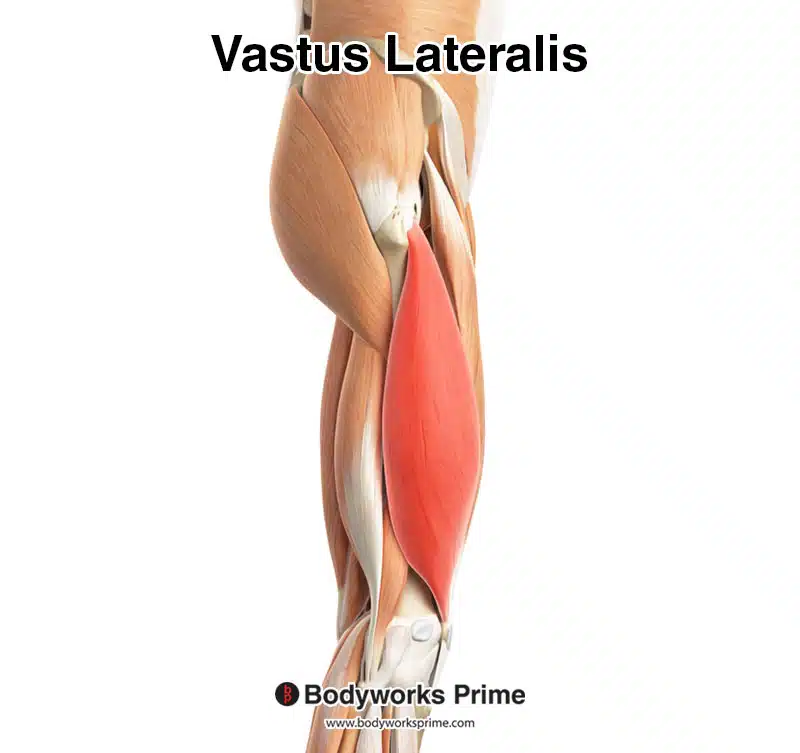
Frontalis
a paired facial muscle located in the forehead, responsible for raising the eyebrows and wrinkling the forehead.
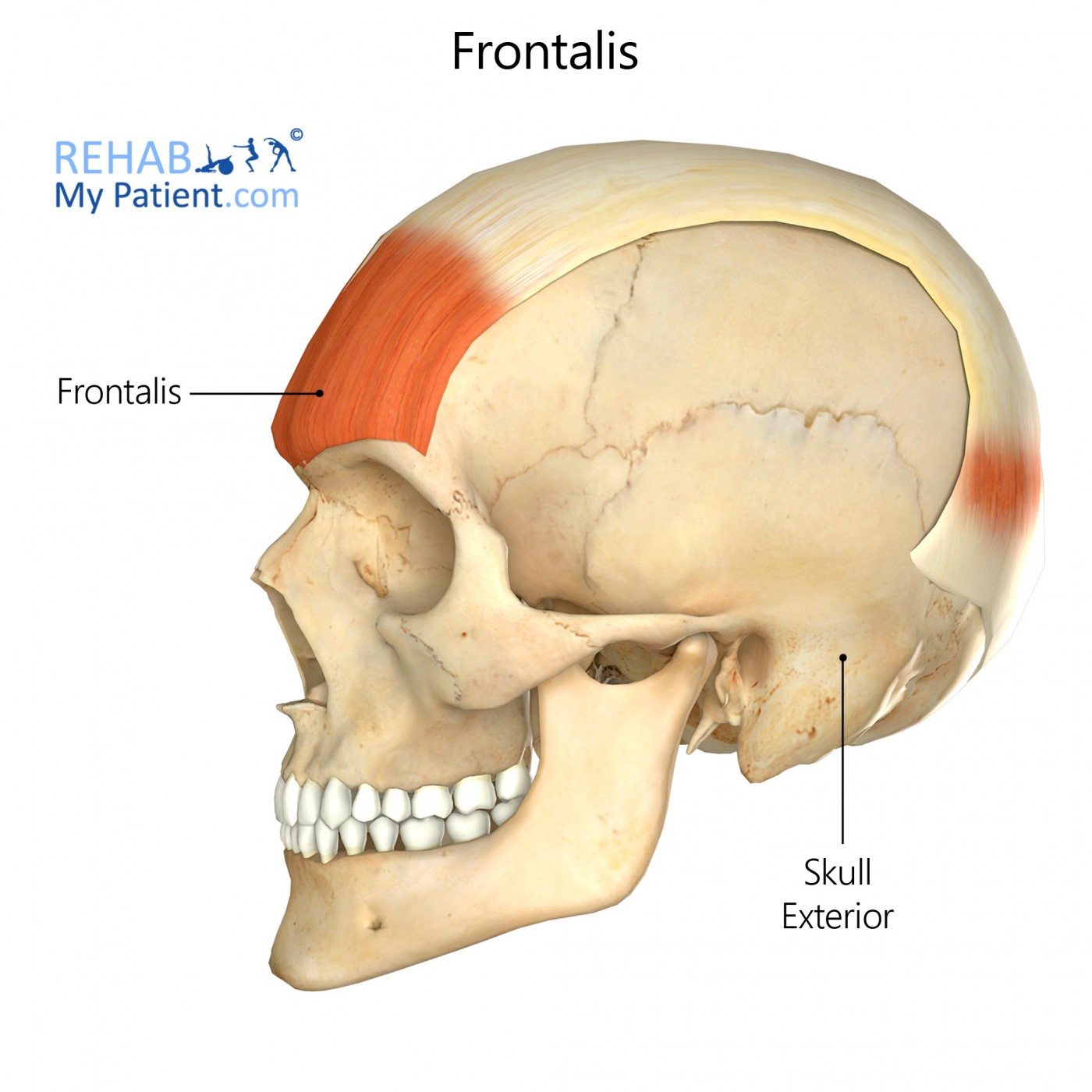
Rectus femoris
the anterior thigh compartment's most superficial and nearly vertically oriented muscle. This bipennate structure is a component of the quadriceps muscle complex, one of the knee's most important dynamic stabilizers.
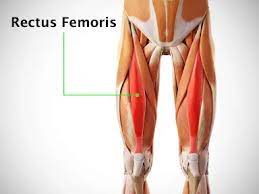
Sartorius
the longest muscle in the human body, spanning from the anterior superior iliac spine to the medial aspect of the tibia, and is involved in hip flexion, abduction, and lateral rotation, as well as knee flexion and medial rotation.
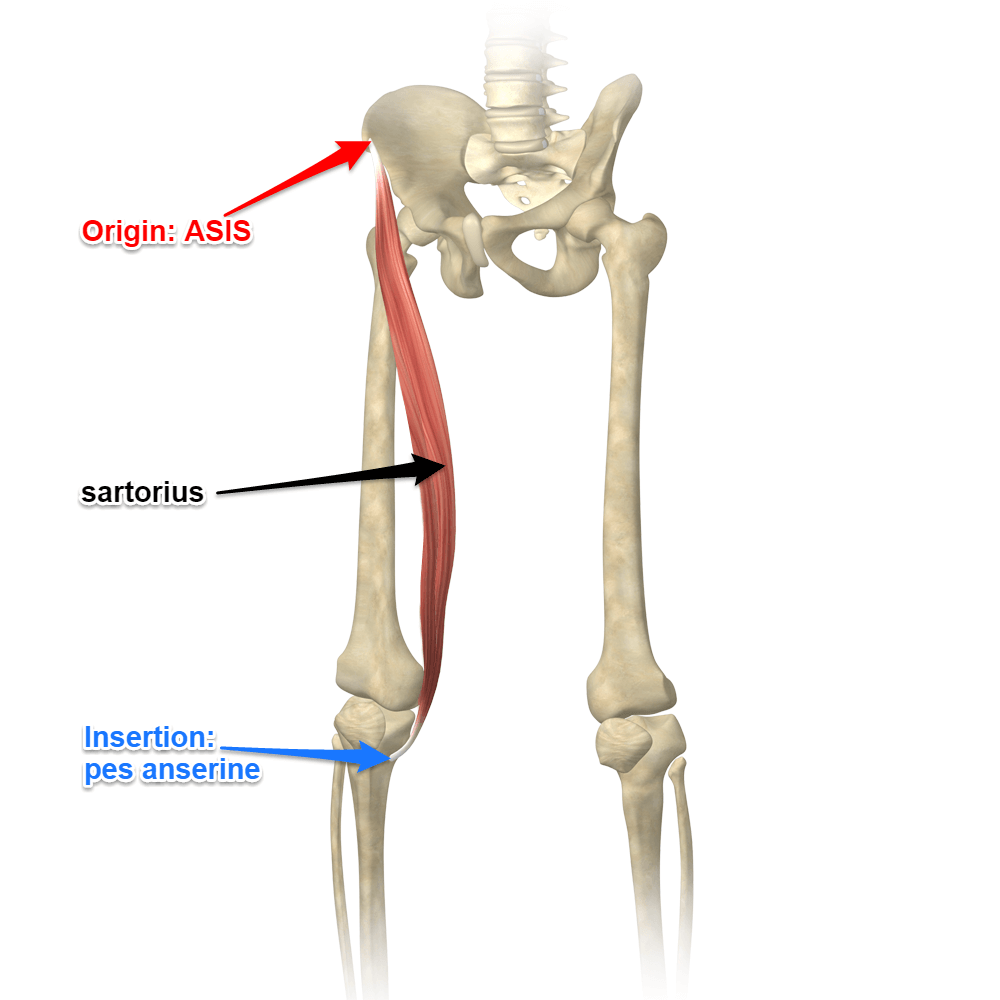
Gracilis
a long, thin muscle located on the medial (inner) side of the thigh, acting as a hip adductor and knee flexor, originating from the pubis and ischium and inserting on the tibia as part of the pes anserinus.
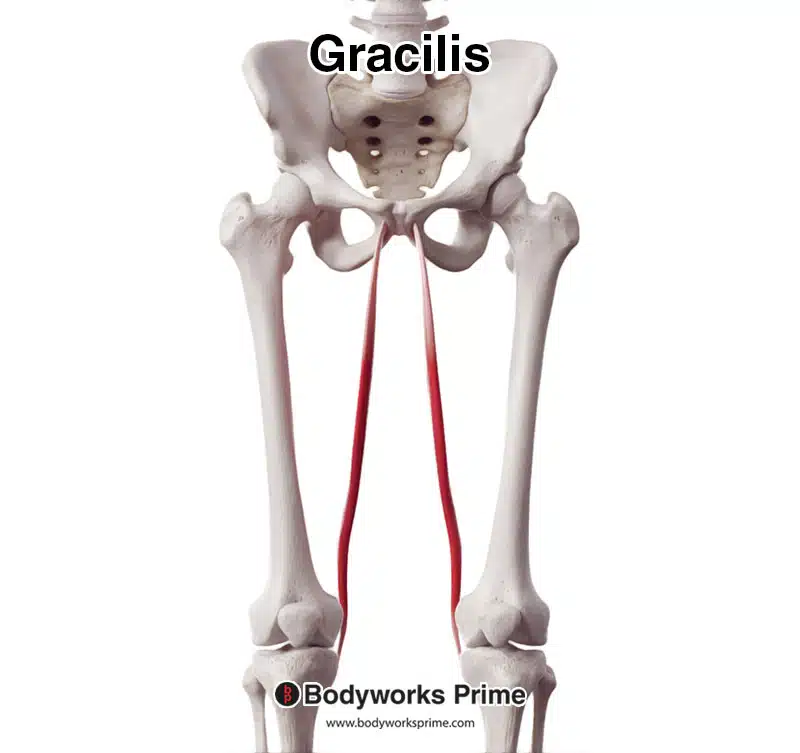
Adductor group
muscles that draw a part of the body towards the midline or toward the axis of an extremity, specifically the muscles on the inner thigh that pull the leg towards the body's center.
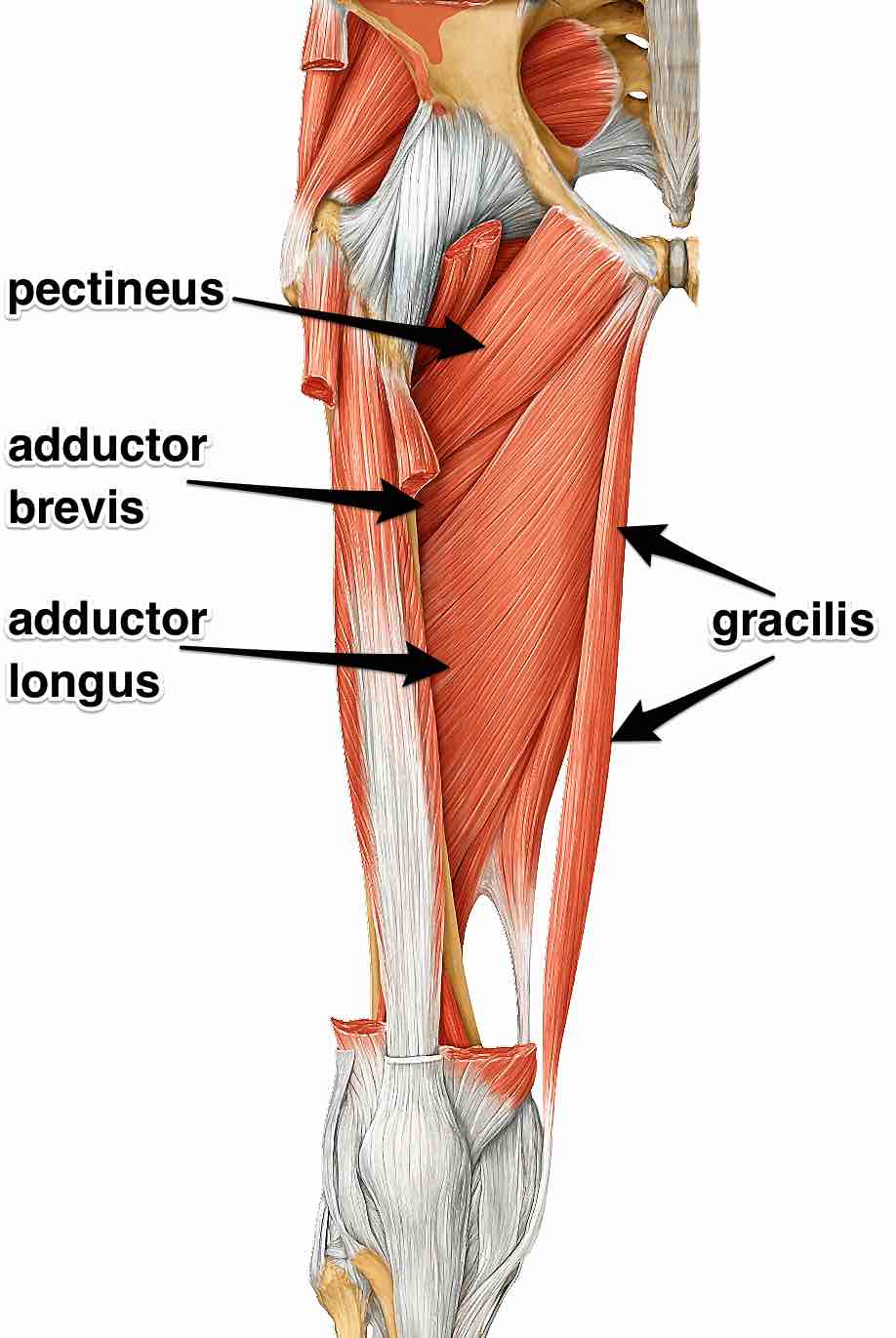
Fibularis Longus
a long muscle located superficially in the lateral compartment of the leg, together with the fibularis brevis muscle.
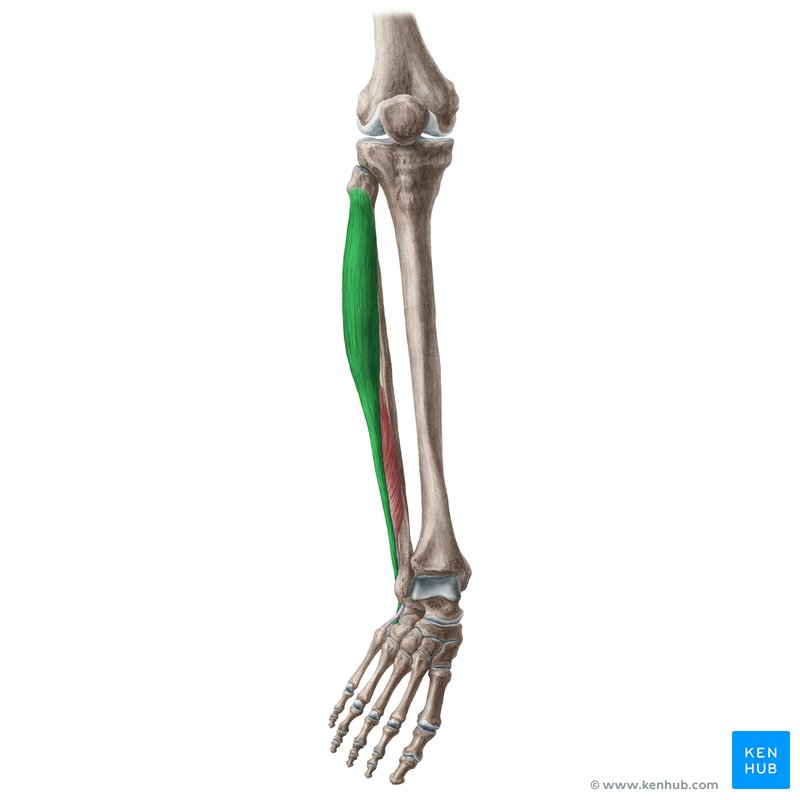
Temporalis
a fan-shaped muscle located on the side of the head within the temporal fossa, playing a crucial role in mastication (chewing) by elevating and retracting the mandible (lower jaw).
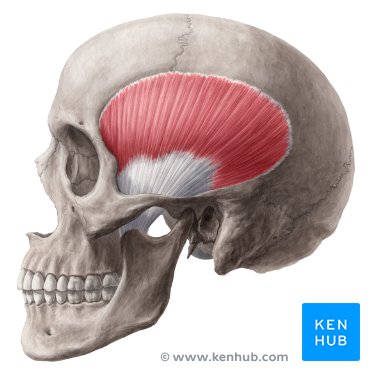
Orbicularis oculi
a ring-shaped muscle, also known as a sphincter muscle, located around the eye that functions to close the eyelids, contributing to blinking, and protecting the eye from damage.

Zygomaticus
a slender band of muscle on each side of the face that arises from the zygomatic bone, inserts into the orbicularis oris and skin at the corner of the mouth, and acts to pull the corner of the mouth upward and backward when smiling or laughing.
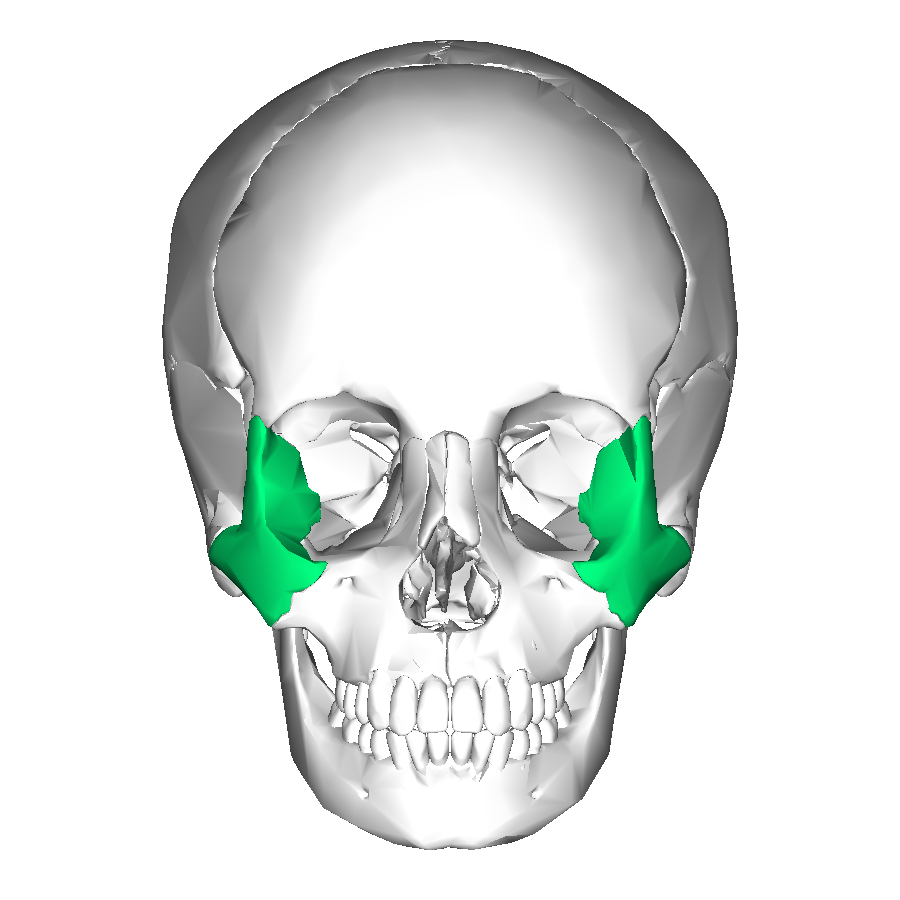
Masseter
a thick, quadrangular-shaped muscle located on the side of the face, below the cheekbone. It is one of the four muscles involved in chewing (mastication).
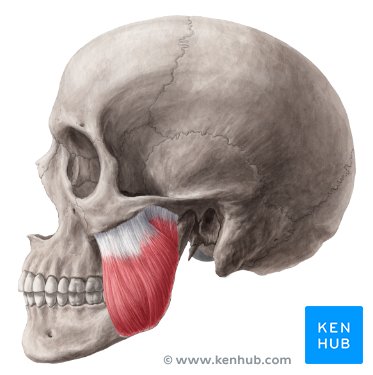
Vastus medialis
a muscle located on the inner (medial) part of the thigh, part of the quadriceps muscle group, that extends the knee.
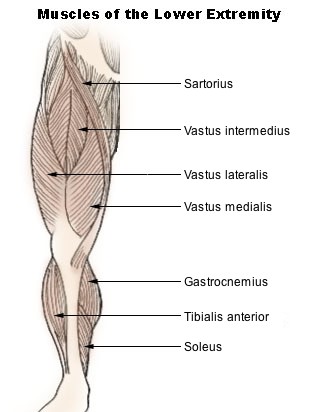
Tibialis anterior
originates from the tibia and inserts into the medial cuneiform and first metatarsal bones, acting to dorsiflex and invert the foot.
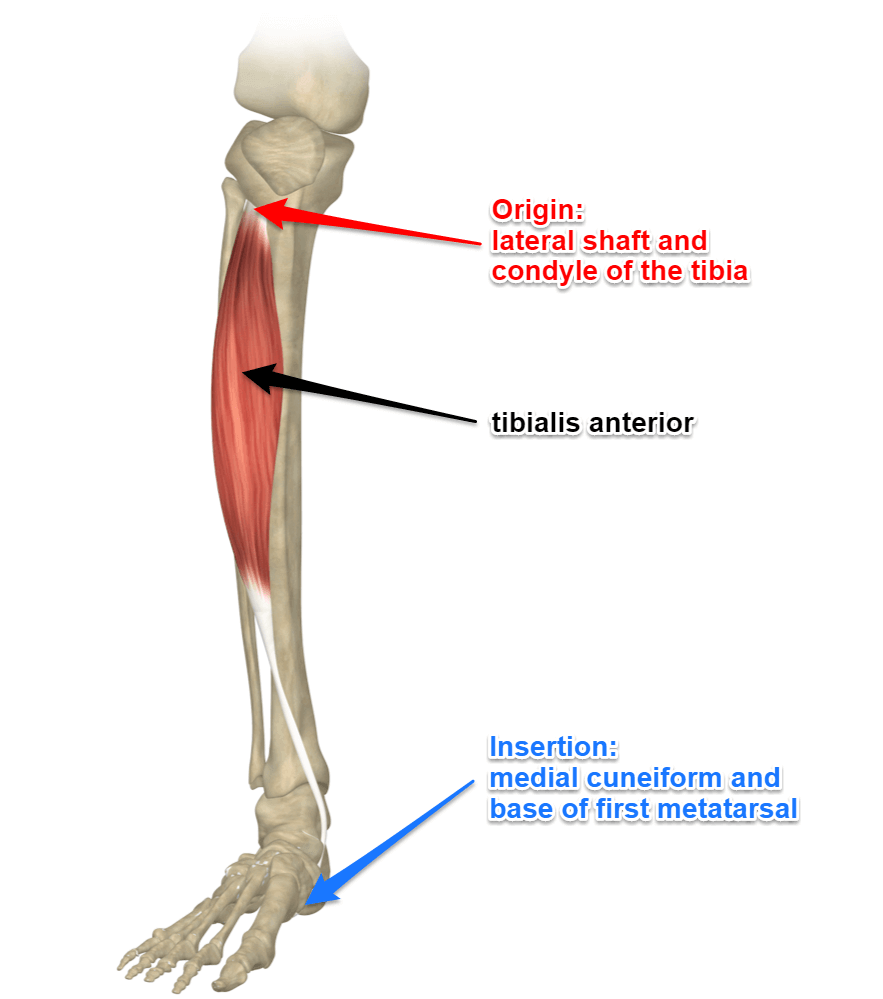
Transversus
efers to a muscle, like the transversus abdominis, whose fibers run horizontally or across the body, as opposed to vertically.
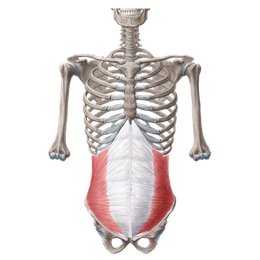
Rectus abdominis
a long, flat muscle located on the anterior (front) of the abdomen. It extends vertically from the pubis (pelvis) to the ribs.
